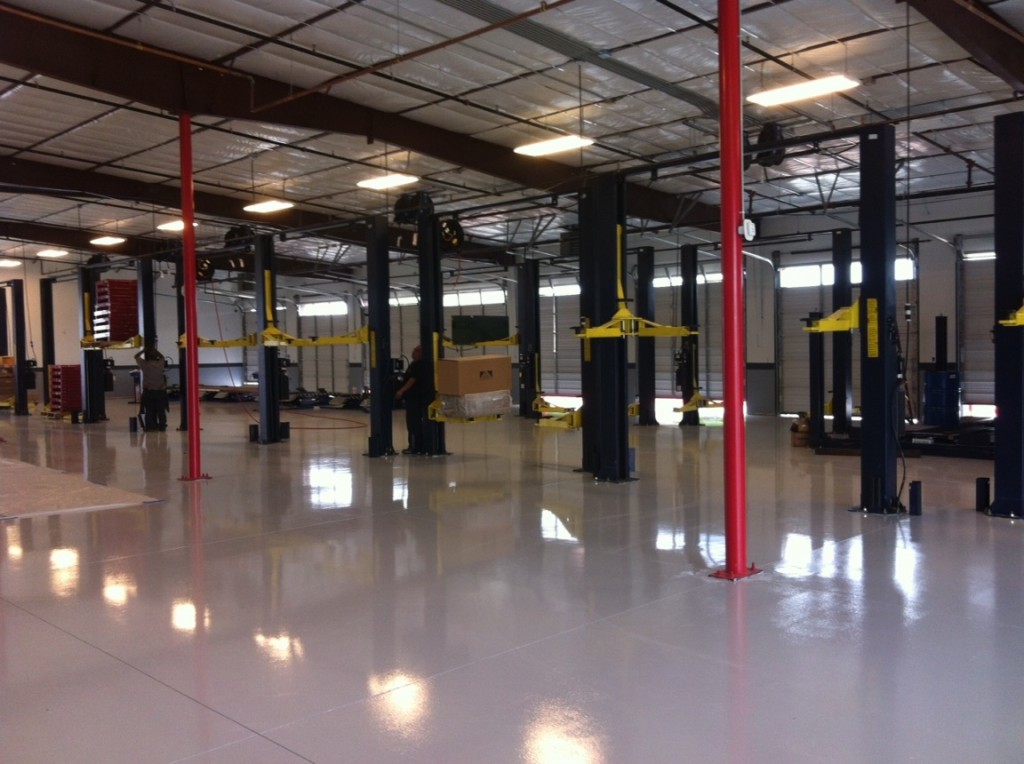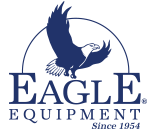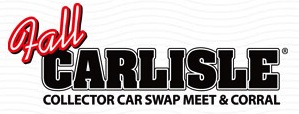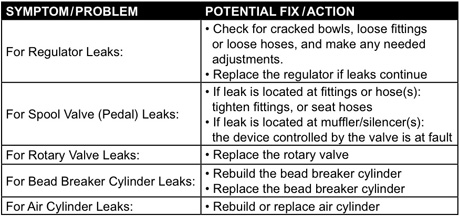The maximum load limit of a lift is one of the primary considerations in the buying process. Automotive lifts are available in several weight limit ratings from as low as 7,000 pounds up to 18,000 pounds.
When purchasing a non-ETL certified lift it is important to know that the weight limit of the lift is the maximum load based on the strength of the steel in the lift and the stress placed upon the lift. For this reason, Eagle recommends that the gross vehicle weight (GVW) of the vehicle being lifted be no more than 80 to 85% of the maximum lift load. This allows a safety factor for cargo, fuel, and any other weight impacting factors. The table below shows recommended maximum GVW for non-ETL certified lifts.
– 7,000 lb. lift 5,600 to 6,000 GVW
– 8,000 lb. lift 6,400 to 6,800 GVW
– 9,000 lb. lift 7,200 to 7,700 GVW
-10,000 lb. lift 8,000 to 8,500 GVW
-11,000 lb. lift 8,800 to 9,400 GVW
-12,000 lb. lift 9,600 to 10,300 GVW
-14,000 lb. lift 11,200 to 12,000 GVW
-15,000 lb. lift 12,000 to 12,800 GVW
-18,000 lb. lift 14,400 to 15,300 GVW
To earn an ETL certification, a lift must be capable of lifting a load above the weight limit of the lift. Therefore, an ETL certified 10,000 pound lift can safely lift a vehicle with a GVW of 10,000 pounds. The safety factor for cargo, fuel, etc. has been accounted for by the ETL testing process.
Determine the lift weight rating needed by evaluating the types of vehicles that will be lifted. GVW’s are available over the internet. One rule of thumb is to over estimate your needs to insure that the lift purchased will do the job.




